Have you ever been in the office when the coffee was flowing, but the energy,not so much? It's like everyone's just clocking in and zoning out.
Employees who are physically present but mentally checked out can be a bigger deal than you might think. They have a direct impact on your team’s productivity and your organization’s bottom line.
Picture this: you've got a handful of rockstar salespeople who are all in. They hustle day in and day out to hit those targets. But then, you've also got a handful of team members who seem to be just punching the clock. They're not contributing ideas, they're not showing enthusiasm, and worst of all, they're dragging down morale.
Your underperformers likely aren’t doing this on purpose. Maybe they're feeling undervalued, overwhelmed, or just plain burnt out. But here's the kicker: when you've got a bunch of disengaged folks dragging their feet, it's your engaged employees who are at the highest risk for burnout.
Signs That Someone Has "Checked Out"
Your engaged employees may begin feeling demotivated. They might start questioning why they're putting in all this effort when others aren't pulling their weight. It's like trying to row a boat with a few people paddling in the wrong direction – you're not going to get very far, and you'll exhaust the ones doing all the rowing.
So, how can you really tell if someone's checked out? Look out for these signs:
- Lack of collaboration
- Careless mistakes
- Negative attitude
- Decreased productivity
- Increased absenteeism
If you see these red flags, it’s time to intervene before things spiral out of control.
The most effective way to keep your team engaged and firing on all cylinders is to cultivate a strong company culture. According to Engage 2024, 89% of people attribute some (or all) operational challenges directly to their organization’s culture.
A strong company culture isn't just about free snacks and ping-pong tables (although those are definitely nice perks). It's about creating an environment where your employees feel valued, supported, and motivated to do their best work. Your employees need to feel like they're part of something bigger than just a paycheck.
Ensure you have a strong Shared Mission
A Shared Mission is the foundation of a thriving culture that leads to engaged employees. It’s composed of three pieces: your why, your how, and your where.
- Why: Your Reason for Being
Your Reason for Being states your company’s purpose and describes why the work you do is so important. It will guide, inspire, and rally employees to join a cause greater than themselves.
- How: Your Core Values
Your Core Values describe how you achieve your why. They’re the rules of the game and include how your team treats each other, works together, and completes assigned duties. Core Values aren’t just limited to what happens inside the doors of your company; they also extend to the service and interactions you have with customers.
- Where: Your Vision
Your vision is where you see your company in the future and provides a clear roadmap for the path you’ll travel to get there. A strong vision clarifies what specifically you plan to accomplish, is ambitious in nature, and, most importantly, motivates your employees to make the vision a reality.
Use the Platinum Rule
Most of us were raised by the Golden Rule, which told us to treat others the way we want to be treated ourselves. That’s not bad guidance – we all expect others to be kind and should treat others with kindness in return. If you’re managing people, though, the Golden Rule just doesn’t cut it.
Every person you lead is wired differently than the others and likely wired differently than you as well. While you may enjoy public recognition in front of your entire team, one of your direct reports may not. While many on your team may enjoy discussing their personal lives, one person may not enjoy bringing personal details into the workplace.
Instead of the Golden Rule, commit to managing your people by the Platinum Rule: treat others how they would like to be treated. Use a relationship-building tool, like the Growth Guide, to help you understand how each of your direct reports wants to be treated. Be sure to walk away with a clear understanding of their communication preferences, what their growth aspirations are, the ways in which they learn best, and how they like to be recognized.
Provide recognition often
Speaking of recognition, recognition isn’t just “nice to have;” but a crucial element in boosting employee engagement. Consistent recognition can be the key to unlocking each of your team members’ full potential.
Be sure to celebrate successes – both big and small. Whether it's hitting a sales milestone, closing a major deal, or just surviving a particularly hectic week, take the time to acknowledge your team's hard work and show your appreciation.
The most impactful recognition is provided as close to in-the-moment as possible. The more time you allow to pass, the more likely it is that the person will forget exactly what it is they did to deserve the recognition. Not to mention the fact that you’re more likely to forget to provide the recognition! Build a habit of providing recognition as you see things happening.
Your culture begins with you
As a leader, you set the tone, so it’s important that you always lead by example. Show your team that you're invested in their success and well-being, and they'll be more likely to invest in return.
Engaged employees are your biggest asset. They're the ones who will go above and beyond to delight your customers, drive revenue, and, ultimately, help your organization succeed. Don't let disengagement sneak its way into your team. Keep an eye out for the warning signs, nurture a positive culture, and watch as your employees thrive.











Leave a Comment